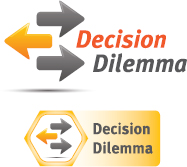CHAPTER 11
Analysis of Variance and Design of Experiments
LEARNING OBJECTIVES
The focus of this chapter is the design of experiments and the analysis of variance, thereby enabling you to:
1. Describe an experimental design and its elements, including independent variables–both treatment and classification–and dependent variables.
2. Test a completely randomized design using a one-way analysis of variance.
3. Use multiple comparison techniques, including Tukey's honestly significant difference test and the Tukey-Kramer procedure, to test the difference in two treatment means when there is overall significant difference between treatments.
4. Test a randomized block design that includes a blocking variable to control for confounding variables.
5. Test a factorial design using a two-way analysis of variance, noting the advantages and applications of such a design and accounting for possible interaction between two treatment variables.


Job and Career Satisfaction of Foreign Self-Initiated Expatriates
Because of worker shortages in some industries, in a global business environment, firms around the world sometimes Dilemma must compete with each other for workers. This is especially true in industries and job designations where specialty skills are required. In order to fill such needs, ...
Get Business Statistics: For Contemporary Decision Making, 8th Edition now with the O’Reilly learning platform.
O’Reilly members experience books, live events, courses curated by job role, and more from O’Reilly and nearly 200 top publishers.

